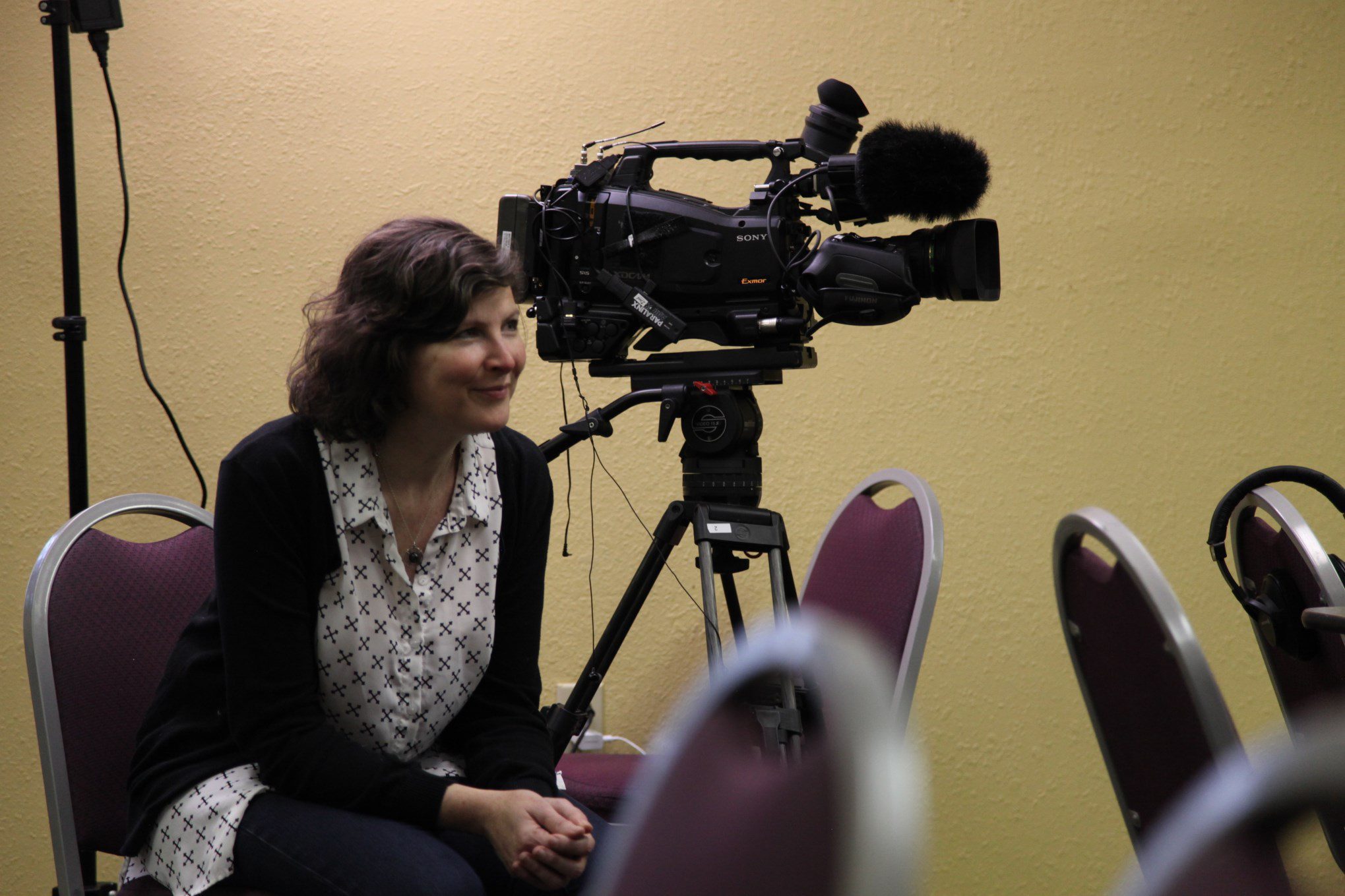The Fracture of New Atheism: What Led to the Movement’s Collapse?

Once united by their outspokenness against dogma, the “New Atheists” rose to global fame after 9/11, filling bestseller lists and dominating public debates on religion and science. But by the mid-2020s, the movement that once seemed unstoppable was in shambles.
What happened? Insiders and scholars cite two main causes. First, the “great debates” shifted—from whether God exists to contentious questions of gender identity, race, and ideology. As former allies fiercely disagreed on trans rights or political correctness, splinter groups formed—some closer to the far right, others even returned to religious tradition. “We no longer had a common enemy,” said one ex-organizer. “We started to turn on each other.”
Second, the fatigue of conflict played a role. After years spent fighting for science and secularism, many burned out or reoriented toward more pragmatic causes—climate activism, social justice, or local politics. Public interest faded. Meanwhile, legacy figures like Richard Dawkins found their criticisms of Islam or Christianity were now as likely to spark backlash from progressives as from church leaders.
The postmortem? Some see hope in the ashes: a more inclusive, less militant secularism is rising—one that seeks partnership, not just opposition, with those of faith. The lesson: every revolution eventually runs out of steam, but the ideas and ideals—if adapted—can endure.





